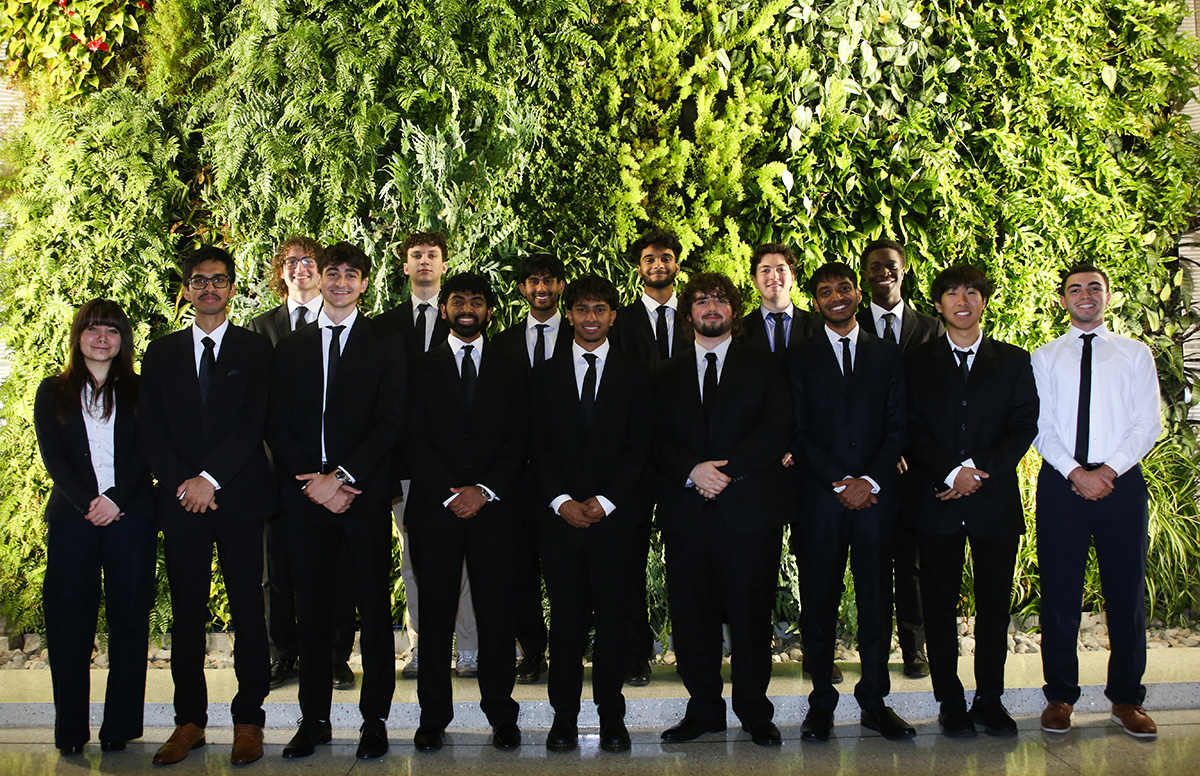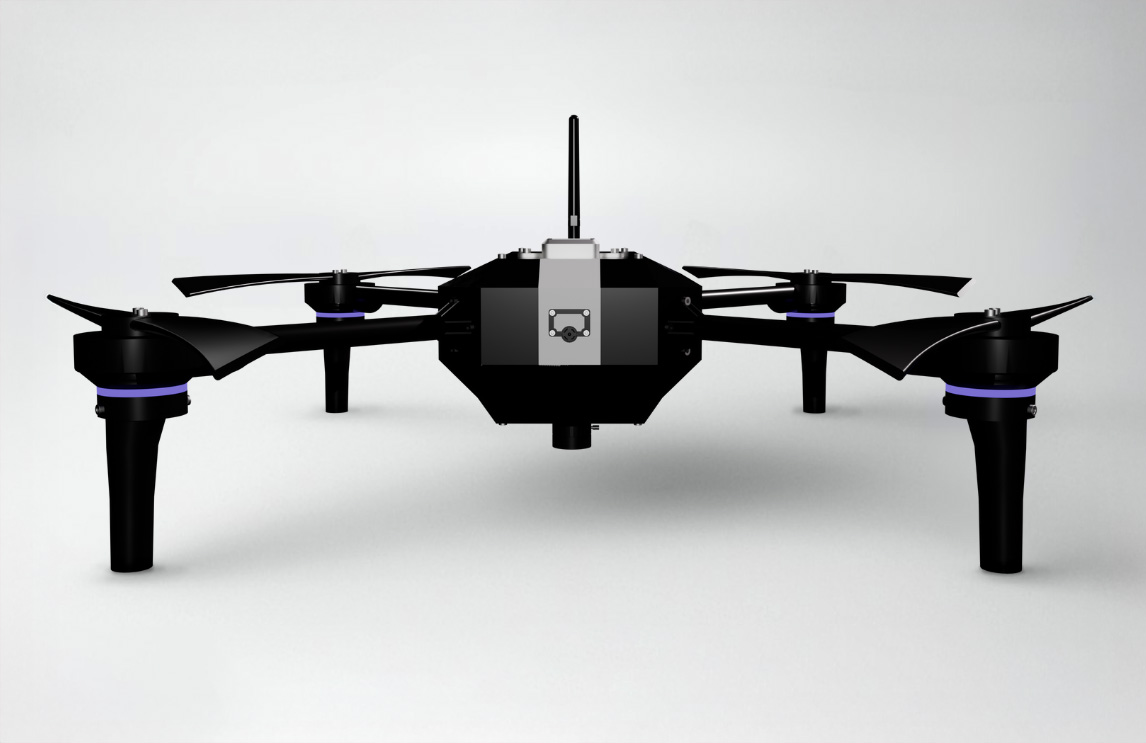
In the world of business security, most companies still rely on fixed
cameras and on-site guards, a mix that can lead to many gaps. Cameras miss
what happens between views. Human patrols are costly and inconsistent, and
guards can be asked to step into unsafe situations.
That pain point is the inspiration for Exo Dynamics, a new student startup.
Co-founders Zamil Uddin and Suraj Karumsi, both Mechanical Engineering and
Mechanics ’28, are building an autonomous surveillance drone that aims to
eliminate blind spots, extend coverage and keep people out of harm’s way by
integrating directly with the systems companies already use.
“We saw an opportunity to harness autonomous technology in a way that could
make sites safer and security teams more effective,” Uddin said. “If we can
move, see and decide in real time, we can change how people think about
safety, efficiency and intelligent systems.”

By tracking the latest trends in autonomous tech, AI and security, the team
is advancing both software and hardware, with autonomy features under active
development now and hardware expected to be implemented in upcoming months.
The Visionary Mark 1 is built to operate like a self-piloted security unit.
Onboard sensors perceive the environment, computer vision interprets what it
sees and autonomy software plans safe, efficient paths. In practice, the
goal is to turn static, reactive security into continuous, intelligent
coverage.
The Visionary Mark 1 is able to fly without a pilot largely due to a
maturing autonomy stack that uses sensor fusion and machine learning to
navigate, understand its location and plan the safest, most efficient path.
To test those capabilities quickly and safely, the team relies on
Software-in-the-Loop to verify algorithms before moving to higher-fidelity
trials. That approach helps them iterate fast, catch mistakes early and
conserve resources as they refine navigation, detection and response
behaviors.
The founders also emphasize reliability and safety. Every component must be
robust. Every autonomy behavior must fail safely. Every alert must be useful
to the people who respond. The aircraft is engineered to maintain visual
contact, record stabilized video and relay events into existing dashboards,
then return to a dock to recharge so it is ready for the next patrol. The
aim is simple: when a guard arrives, they have a clearer picture and a
better plan for staying safe.
“Working on Exo Dynamics has really strengthened my skills as an engineer
and a teammate,” Karumsi said. “We have learned a lot about disciplined
testing, collaboration, communication and trusting in people’s strengths.”
Uddin and Karumsi credit their Drexel experience with accelerating the work,
from applying classroom concepts to making decisions that balance
performance, safety and cost. They continue to track advances in AI,
computer vision and autonomy so the system can improve without adding
complexity for users.
“Honestly, the most rewarding part has been seeing how far we have come in
such a short time,” Uddin said. “It makes me truly proud to see the
development every step of the way and to finally share the system we have
spent countless hours building.”
To get involved with Exo Dynamics, email
exodynamicsco@gmail.com
or reach out via
Instagram
or
LinkedIn
.